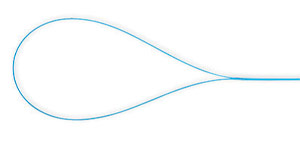For your convenience, Rhode Island Orthodontic Group accepts cash, personal check, money orders and all major credit cards. We also offer in-house payment plans so you can spread the cost of your treatment over several months. Please do not hesitate to contact us with any questions concerning our payment options or your account.
If your insurance covers orthodontic treatment, you will receive the benefit of reduced personal costs. Many insurance policies have a lifetime orthodontic benefit that is distinct from regular dental insurance. This benefit is usually paid as a percentage of the orthodontic fee until the maximum has been reached. The orthodontic fee includes diagnostic records, initial fee, monthly payments, etc. Mostly likely, insurance will not cover the cost for lost or broken appliances. Insurance policies vary, so we will review your insurance to determine the appropriate course of action.
Please remember that orthodontic insurance is a benefit for you or your child. Be aware of your benefits before treatment begins. Contact your insurance provider if you are unsure of your exact coverage.
Most misunderstandings about insurance can be eliminated if you are familiar with your policy:
- Be sure that you do have orthodontic coverage. Not all dental plans provide orthodontic benefits.
- Inquire if there is an age limitation as some orthodontic plans can expire at age 18.
- Be aware of the percentage which will be paid by your insurance and the amount of lifetime benefits provided by your plan.




